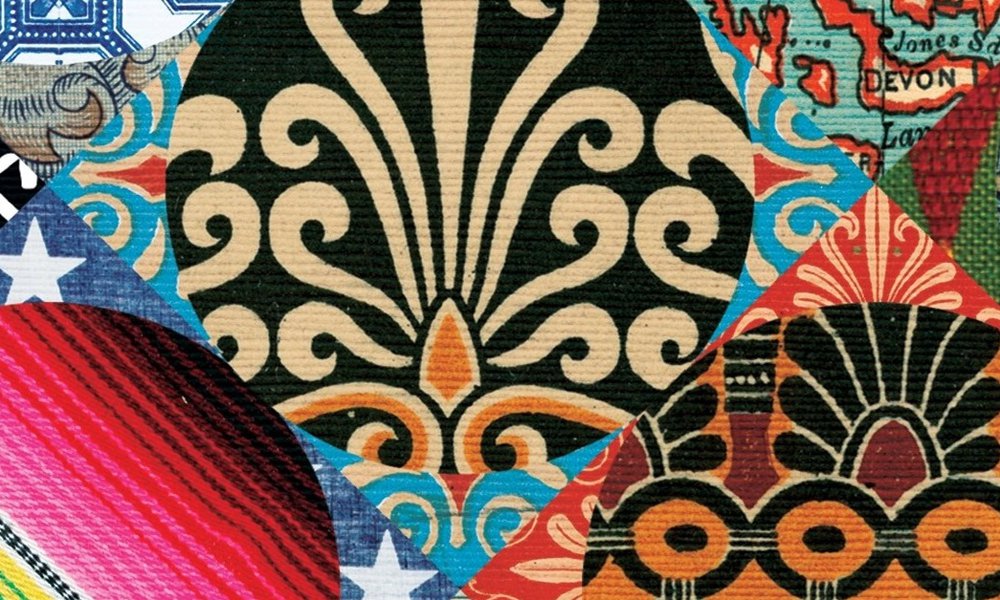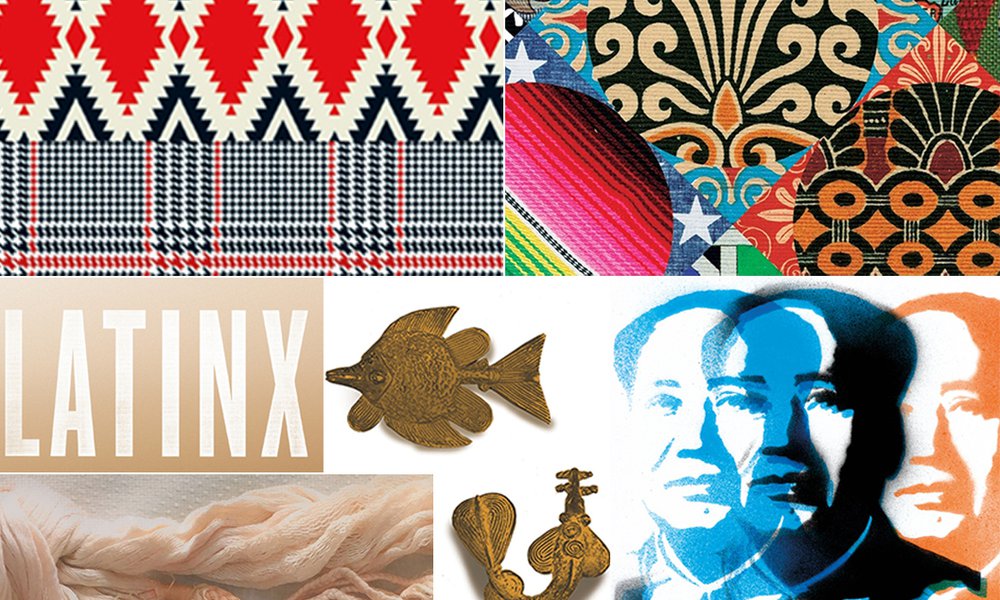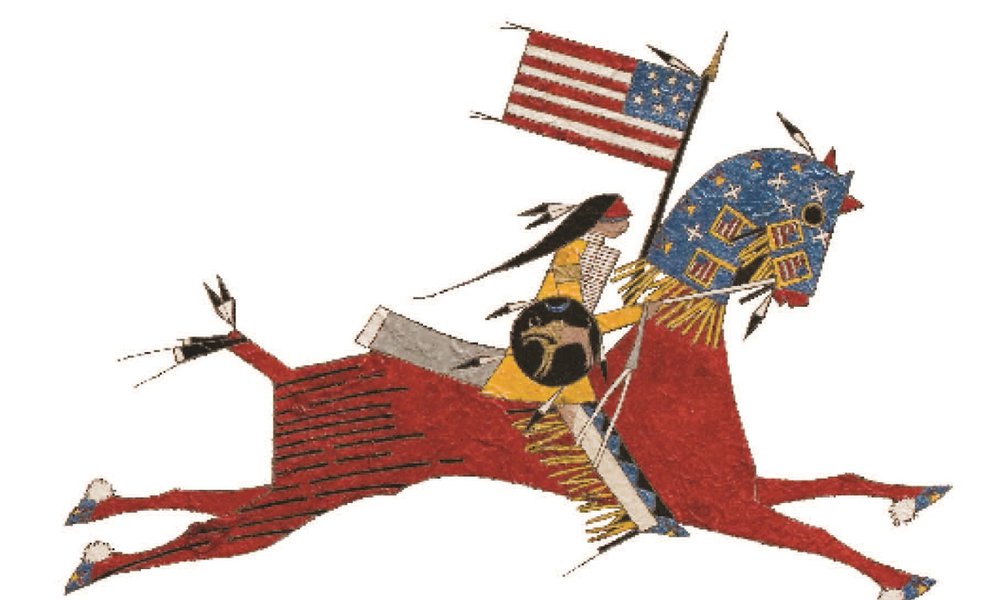‘Latinx’ by Ed Morales
by Ed Morales
24 Sep 2019
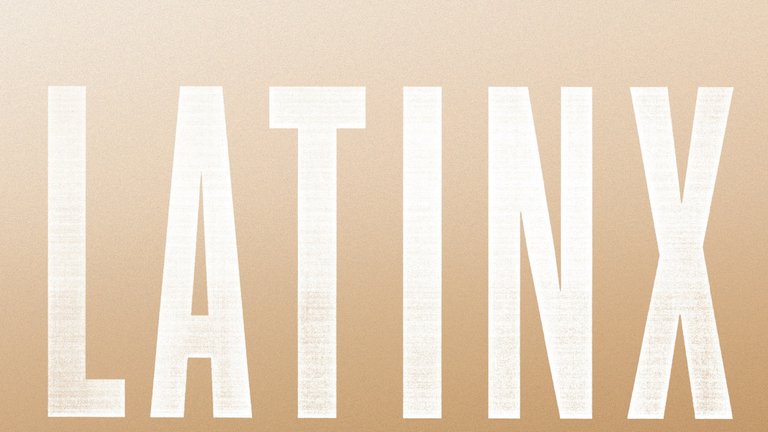
This is part of our 2019 Al-Rodhan Prize series celebrating the six non-fiction books shortlisted for promoting global cultural understanding. In this extract from ‘Latinx’ , Ed Morales asks, “Who or what are Latinx, and what is the nature of our doing?”
Latinx intends to describe the in-between space in which Latinx live, which allows us to cross racial boundaries more easily and construct identities, or self-images, that include a wide variety of racial, national, and even gender-based identifications. Rather than simply creating a new shade of person somewhere between black and white, this in-between space has the potential to reveal the blackness and indigenousness often erased in Latin America by mixed-race utopian ideologies, but kept alive through oscillating tendencies toward tolerance and repression. Many premodern roots and traditions remained intact while others, fragmented by Spanish colonialism, always threatened to reemerge, and new hybrid identities, like the syncretic religions of the Afro-Caribbean, took hold.
While mixed-race culture in Latin America evolved with the help of Catholic doctrine, Spanish law, and 20th-century nation-building ideologies, the development of racial identity in the United States has been significantly different. Because of the United States’ unique racial ideology of hypodescent – one drop of black blood makes you black – with no official recognition of ‘mixed-ness’ in state ideology, media, or ‘common sense’ discourse, the hybrid and mestizaje elements of American culture remain obscured. Yet the widespread creation in the United States of hybrid and hyphenated identities such as Nuyorican, Chicano, Dominian-York, Tejano, and Miami Cuban has created space for excluded identities to assert themselves.
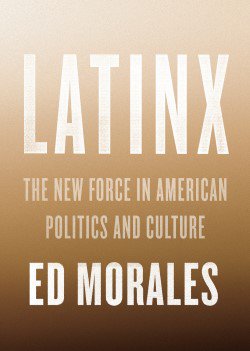
For Latinx in the United States, this relatively new process of creating hybrid identities dates back to the end of the Mexican-American War and the absorption of the Southwest territories in 1848. While the hegemony of the black-white racial binary has effectively rendered a true understanding of the Latinx experience unintelligible in the standard narrative of American history, the pattern of racial discrimination has had the paradoxical effect of encouraging a stronger assertion of African and indigenous identities. This became particularly clear in the 1970s when Puerto Ricans in New York formed the Young Lords, a militant political group modeled on the Black Panthers, and Chicanos of California and the Southwest organised around an indigenous identity connected to an imaginary homeland called Aztlán.
In a nation built on profit extracted from slavery, the legacy of Jim Crow, the exploitation of imported Asian workers, and guest worker bracero arrangements with migrant Mexican labour, Latinx can play a pivotal role in uncovering the uncomfortable truths of America’s dark past as well as the fallacy of ‘non-racist’ societies prevalent in the countries from which our parents emigrated. While the one-drop rule was metaphorically reversed in Latin America, allowing a majority to believe that we were white, this whiteness has not transferred smoothly to the States, revealing not only US racism but also aspects of racial identity formation that had been papered over in the home countries. The messy conversation about racial identity, multiracial identification, passing, and potential inter-ethnic alliances has already begun.
Yet the possibility looms of a shift in the United States towards what some have called a tri-racial system of whites, blacks, and an unnamed in-between category, presumably for those of mixed-race or not-quite-white identities, in which, as Eduardo Bonilla-Silva argues, increasing numbers of non-European people will be granted honorary white status. One of the challenges of observing the Trump era will be to monitor how the extension of class privileges to non-whites that began in neoliberal Obama-world may actually continue, despite the seemingly overt white supremacist rhetoric embodied by Trump. The fact that as many as 29 percent of Latinx voted for Trump indicates that these privileges may be extended to people of colour who accept the language of xenophobia and intolerance as a path to the restoration of American ‘greatness’.
© Ed Morales from Latinx, Verso, 2018
Latinx is shortlisted for the 2019 Al-Rodhan Prize.
Ed Morales is an author, journalist, filmmaker, and poet who teaches at Columbia University. He is the author of The Latin Beat and Living in Spanglish. He has written for the Village Voice, Nation, New York Times, Rolling Stone, and other publications and is a regular commentator on NPR. His film Whose Barrio? premiered at the New York Latino International Film Festival. He lives in New York City.

